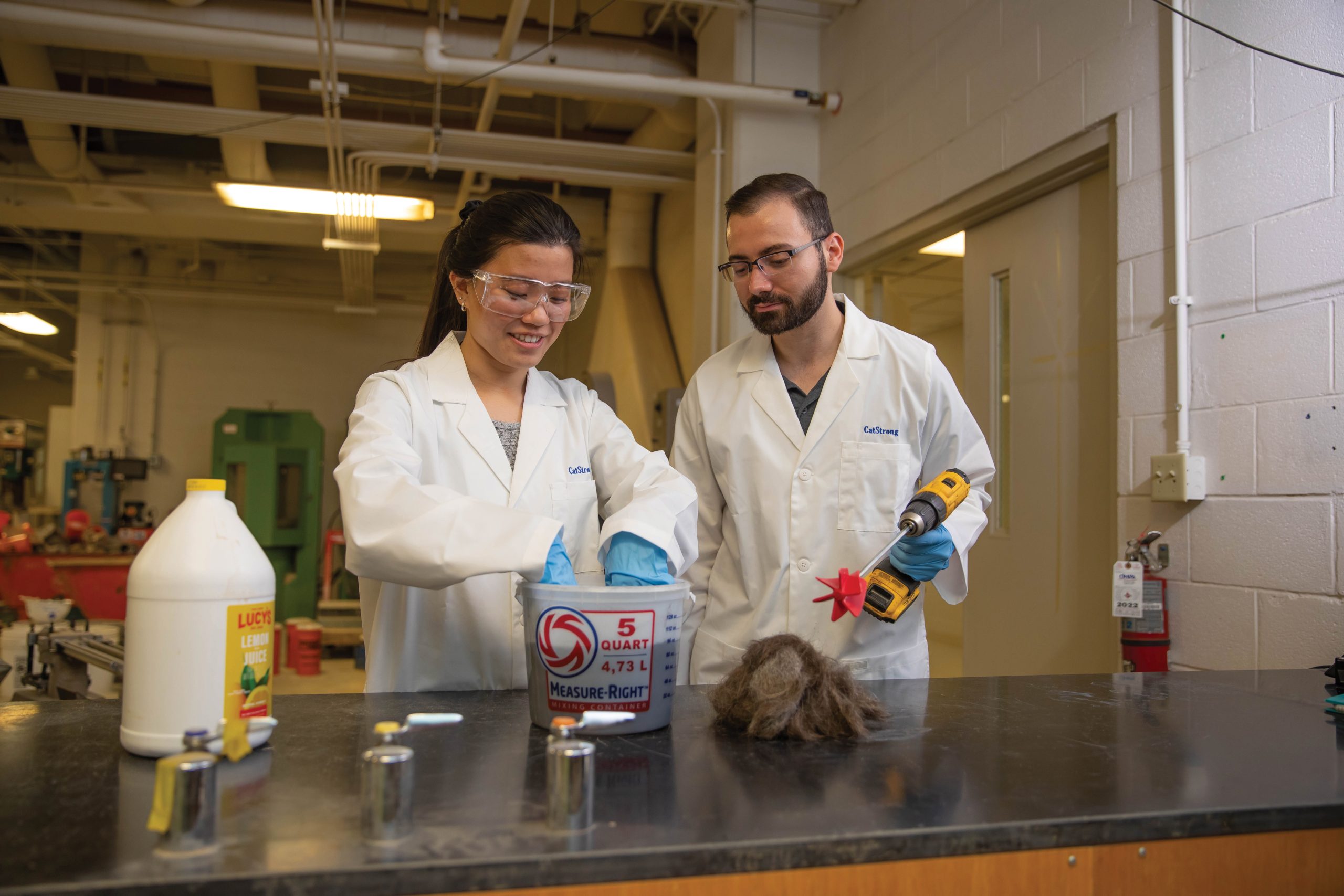 Due to its centralized location within the United States, Kentucky’s logistics sector ranks as one of the state’s most robust. As a result, it’s crucial to maintain the roads and bridges across the commonwealth.
Due to its centralized location within the United States, Kentucky’s logistics sector ranks as one of the state’s most robust. As a result, it’s crucial to maintain the roads and bridges across the commonwealth.
As traffic continues to increase, however, bridges throughout the state are aging at an accelerated pace. In fact, according to data from the American Road & Transportation Builders Association, 7% of Kentucky bridges are classified as structurally deficient—meaning that more than 1,100 are in poor condition.
As Kentucky’s flagship university, the University of Kentucky has been researching the use of fiber reinforced polymer (FRP) composites to repair bridges and other structures.
Since 1994, Issam Harik, a professor in UK’s Department of Engineering, has been at the helm of a group of students—dubbed CatStrong—that is researching the deployment of FRP composites.
“Sustainability has recently become a buzzword seen on many products and websites,” said Harik. “But for engineers, it has been and remains integral to optimizing material, energy and time, while minimizing cost and environmental impact.”
What Harik and the CatStrong team have discovered is that human hair may well be a viable way to make the concrete construction process more sustainable.
“We are constantly searching for new materials. While fiber-producing plants and trees only grow in specific geographical regions, human hair grows in any region humans live in,” Harik said.
“Since human hair, when trimmed, is generally discarded, it became a perfect candidate for our study.”
To create concrete construction forms fabricated with human hair, the hair is first cleaned with water and lemon juice, then mixed with a binder of water and grain flour. It’s then pressed into thin sheets to produce the concrete construction forms.
Harik admits the idea of using human hair may sound strange but says the benefits are undeniable.
“Human hair has an average strength of 30 kilopounds per square inch (KSI),” Harik explains. “That’s compared to 20 KSI for sheep wool, 60 KSI for steel rebars and 70 KSI for silkworm fibers.”
The use of human hair is the latest addition to a group of fiber-reinforced products CatStrong has used for structural repairs.
Using resilient carbon fiber fabrics, panels and wraps, the group has successfully restored more than 40 Kentucky bridges by strengthening beams, columns, piles and walls. As part of an experimental study in 2019, the team repaired one of the piles on the KY 32 bridge over Blaine Creek in Lawrence County using hemp—marking the first time the natural fiber had been used as a construction material for bridge repair.
The next phase of the current project includes additional testing and product development, followed by field application. The goal is for the human hair-based materials to be replicated anywhere—a successful outcome that would continue to show the world what can be done right here in Kentucky.



















